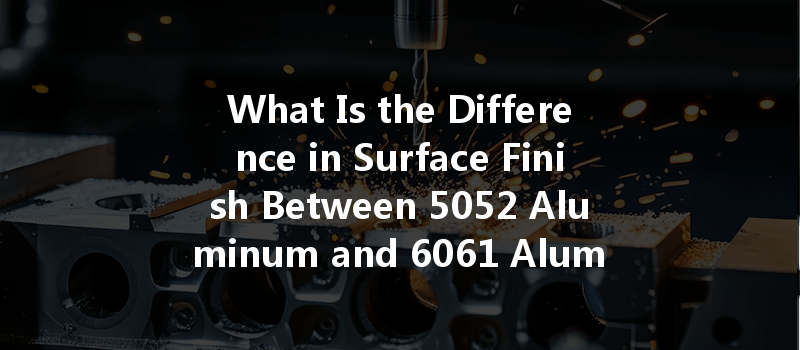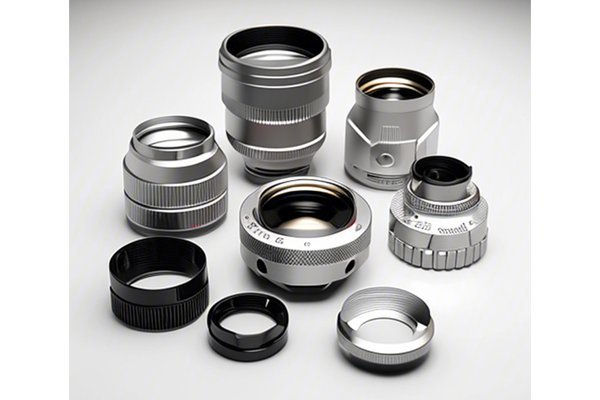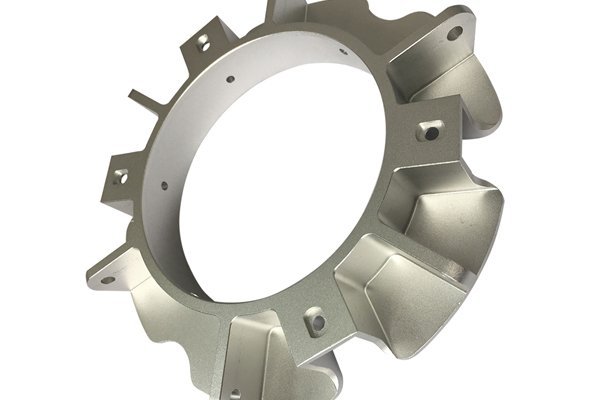Opening
Did you know that aluminum is the second most malleable metal available today, just behind gold? Its incredible versatility makes it a prime choice for numerous applications across industries like aerospace, automotive, and manufacturing. However, not all aluminum alloys are created equal. When it comes to CNC machining, two of the most popular choices are 5052 aluminum and 6061 aluminum. Understanding the differences in surface finish between these two alloys is crucial for businesses looking to achieve optimal performance and aesthetic quality in their products.
The Importance of Surface Finish
Surface finish plays a pivotal role in how materials perform in various applications. It affects everything from mechanical properties, corrosion resistance, and appearance to the overall manufacturability of the final product. Both 5052 and 6061 aluminum have unique characteristics—such as grain structure and alloying elements—that influence their surface finish during CNC machining.
Understanding 5052 and 6061 Aluminum
5052 Aluminum
5052 aluminum is known for its excellent corrosion resistance, particularly in marine environments. It belongs to the 5000 series of aluminum alloys, which primarily include magnesium as the main alloying element. This alloy is highly workable, making it suitable for processes requiring extensive forming and bending.
6061 Aluminum
On the other hand, 6061 aluminum is one of the most widely used aluminum alloys due to its strength and thermal conductivity. It contains magnesium and silicon as its primary alloying elements, which contribute to its structural integrity and versatility.
Detailed Comparison of Surface Finish
Now that we understand the basics of each alloy, let’s delve into a detailed analysis of how their unique properties impact surface finishing during CNC machining.
4561 exhibits superior machinability due to its lower magnesium and higher silicon content. This makes it easier to produce fine surface finishes as it reduces tool wear and allows for faster feed rates. In contrast, while 5052 aluminum can provide excellent results, it requires more care while machining to prevent distortion or uneven finishes, especially during complex machining operations.

Different machining techniques can lead to varying outcomes in surface finish:
To achieve the desired surface finish, additional post-processing treatments are often necessary. These include:
The Right Choice for Applications
Choosing between 5052 and 6061 aluminum isn’t simply about the surface finish—it must also consider the intended application. For projects requiring maximum strength and corrosion resistance in moderate conditions, 6061 is often the best choice. Conversely, for applications where extensive bending and forming are needed, like in marine environments, 5052 can be ideal despite the potential challenges in achieving a high-quality surface finish.
In summary, both 5052 and 6061 aluminum have distinct properties affecting their surface finishes during CNC machining. While 6061 aluminum tends to provide a smoother finish due to its superior machinability, 5052 aluminum offers excellent corrosion resistance, especially in demanding environments. It is crucial for manufacturers and machinists to weigh these factors carefully and consider their specific application needs when selecting the appropriate aluminum alloy.
Understanding the nuances of surface finish in CNC machining is essential not just for achieving a product’s aesthetic appearance but for ensuring long-term durability and performance. As technology advances, optimizing these processes will continue to be of utmost importance, impacting the efficiency, safety, and longevity of aluminum products.
By being informed about these differences and their implications, manufacturers can make better selections that lead to enhanced quality and cost-effectiveness in their operations. The next time you approach a project involving aluminum, think carefully about these factors, as they directly influence not just the finish, but the success of your overall endeavor.






